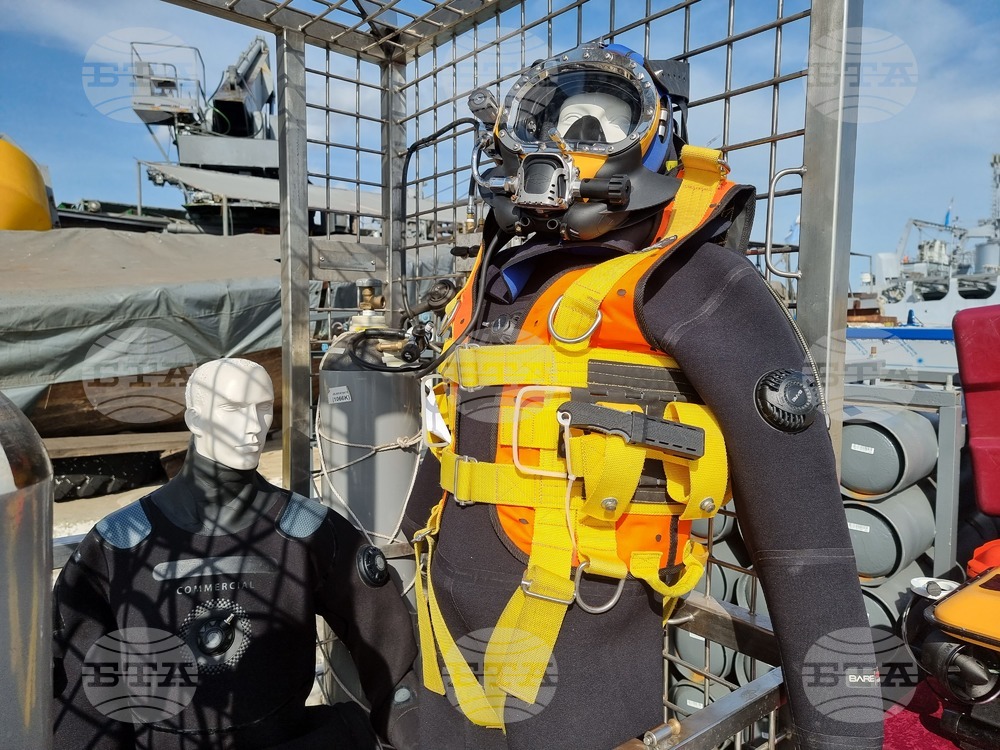site.btaBulgarian Navy Has Destroyed 4 Floating Mines in Bulgarian Waters since War in Ukraine Began


Since the start of the military conflict in Ukraine, the Bulgarian Navy has destroyed four floating mines in Bulgarian waters, the Commander of the Bulgarian Navy, Rear Admiral Kiril Mihaylov, told journalists here on Thursday.
/LG/
news.modal.header
news.modal.text